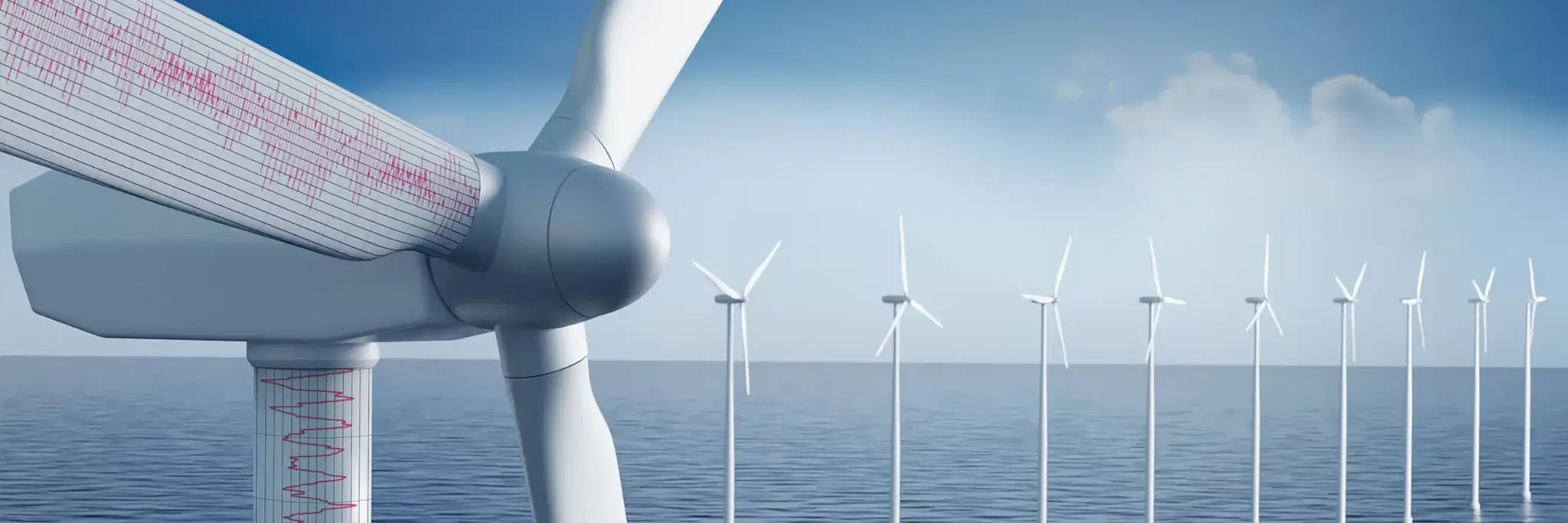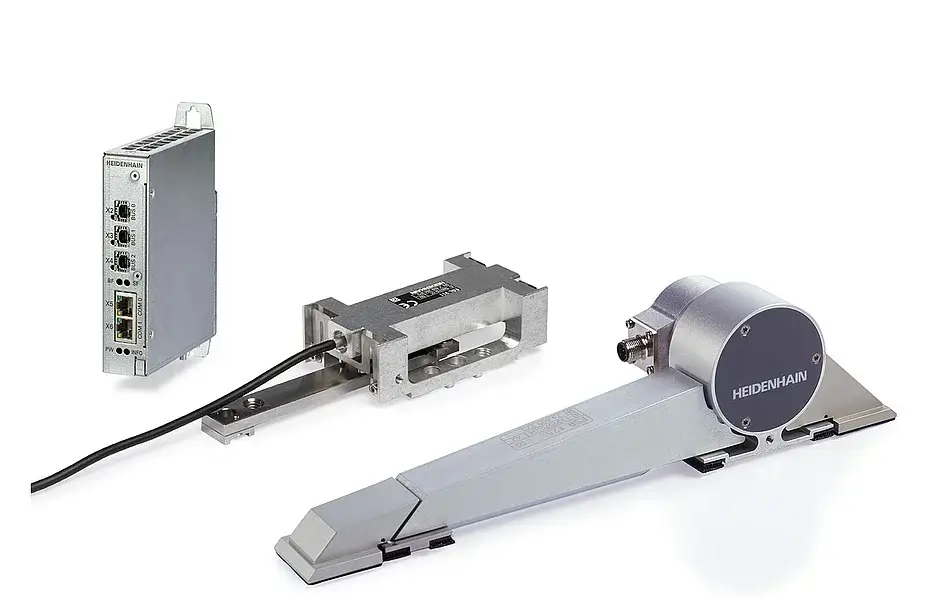Wind turbine monitoring and control
In order to maximize the efficiency and service life of a wind turbine, the control system needs reliable, real-time data about vibrations and structural loads acting on the tower, bed plate and rotor blades. Collecting this information as it unfolds in real time makes it possible to integrate active load control strategies and monitoring functions into the control system.

Optimal performance for wind turbines
Our monitoring platform for universal use on large structural components
Rotor blades
Sensors installed inside the rotor blades can measure individual loads precisely where they occur. This measurement data can be used for detailed status monitoring and for new control systems that deliver greater yield and efficiency. Valuable information for future designs can be gleaned by comparing the measured data with the theoretical calculated data.
Bed plate
The bed plate supports the main mechanical components (generator and gearbox) and joins the rotor to the tower. As such, it is subject to numerous complex loads. The ESR and ESL sensors can measure the relative motion between components and provide information about wear and fatigue. This enables adaptive control of the wind turbine for load optimization, which minimizes costly breakdowns.
Tower
The trend towards ever-larger rotor diameters and hub heights means higher loads on the tower and foundation. This generally raises the design and logistics requirements, and thus the overall cost. An optimized, sensor-based control system can significantly lower these loads, thereby downsizing parts and the cost of material.
Achieve greater protection and performance with
wind turbine monitoring and control
Optimal performance
- Continuous system monitoring
- Reduced structural loads thanks to precise adaptive response to surrounding conditions
Flexible system solution
- Implementation of cutting-edge control and monitoring functions
- Compact system design thanks to EnDat 3 bus operation
Practical design
- Long-term sensing stability with high resolution and a wide measuring range
- High level of mechanical and electrical protection for the sensors, electronics and connecting technology
- Maintenance-free components
Simple mounting design
- Low-cost installation and setup
- Easy installation and simple cabling, especially between the rotor blade and tower


